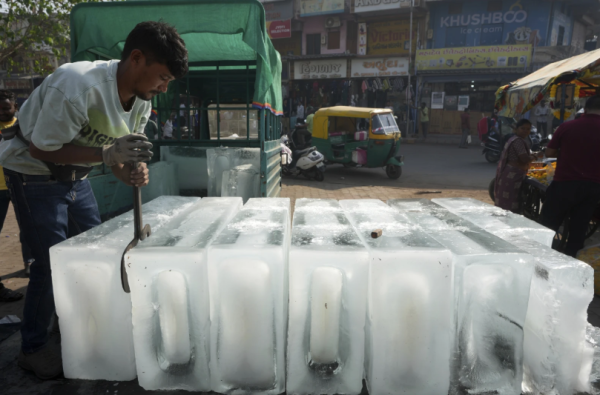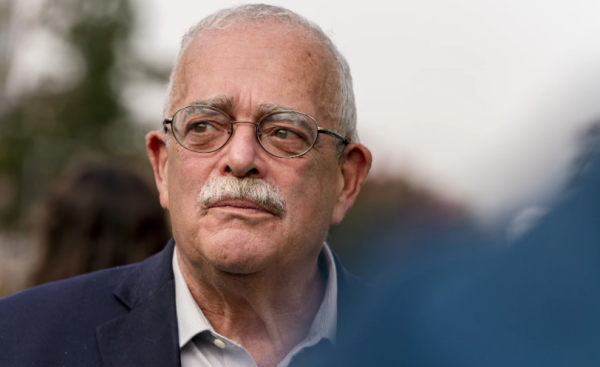The Small Oil Solution to a Big Problem

Image via NPR
Gas prices are now lower than four dollars a gallon for the first time since they shot up to well above five dollars a gallon this May. This put significant financial strain on many households all over the United States. The rapid rise in gas prices was influenced by several factors, including the Coronavirus, the Russian invasion of Ukraine, and the increase in demand over the summer.
At the start of the Coronavirus lockdown, the majority of workers who commuted for jobs began to work from home. This, in turn, decreased the demand for gas, causing oil companies to lay off workers and dismantle rigs. However, When Covid subsided and workers began returning to the office, fuel demand increased, and oil companies were slow to meet the post-pandemic demand.
The U.S. was not reliant on Russian oil as they only received 8% of all oil from Russia, but European countries were. Without access to one of their primary sources of oil, these countries turned to the U.S.’s suppliers. These major oil companies were strained to meet unplanned demands, limiting the supply available to the U.S.
Prices have begun to drop as President Biden announced the release of 180 million barrels of oil from the Strategic Petroleum Reserve (SPR), something that has never been done before.
The SPR’s, located in salt caverns in Texas and Louisiana, hold a combined total of about 605 million barrels. The caverns were created after the Arab oil embargo, the first oil crisis the country had ever faced. The barrels of oil are intended to be used only in emergencies.
In addition to the SPR, the International Energy Administration (IEA) announced it will be releasing 60 million barrels of oil over a period of six months.
As gas prices are expected to continue their climb into the future, the momentary reprieve only demonstrates the need for a more sustainable solution.

Co-Editor in Chief Heidi Gilman is a Senior at South Lakes, and is excited to continue her journey working for the Sentinel. She loves to swim and is a...












